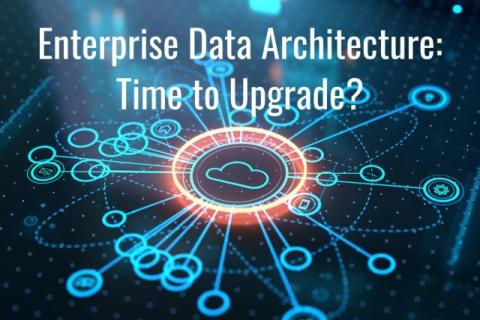Sponsored Post
How Log Analytics Powers Four Essential CloudOps Use Cases
Cloud computing shapes the ability of enterprises to transform themselves and effectively compete. By renting elastic cloud resources, enterprises can support new customer platforms, distributed workforces, and back-office operations. The cross-functional discipline of CloudOps helps enterprises manage cloud resources by optimizing applications and infrastructure. But, none of this can be done without the right strategies and techniques to analyze your application telemetry data - primarily logs and events.











